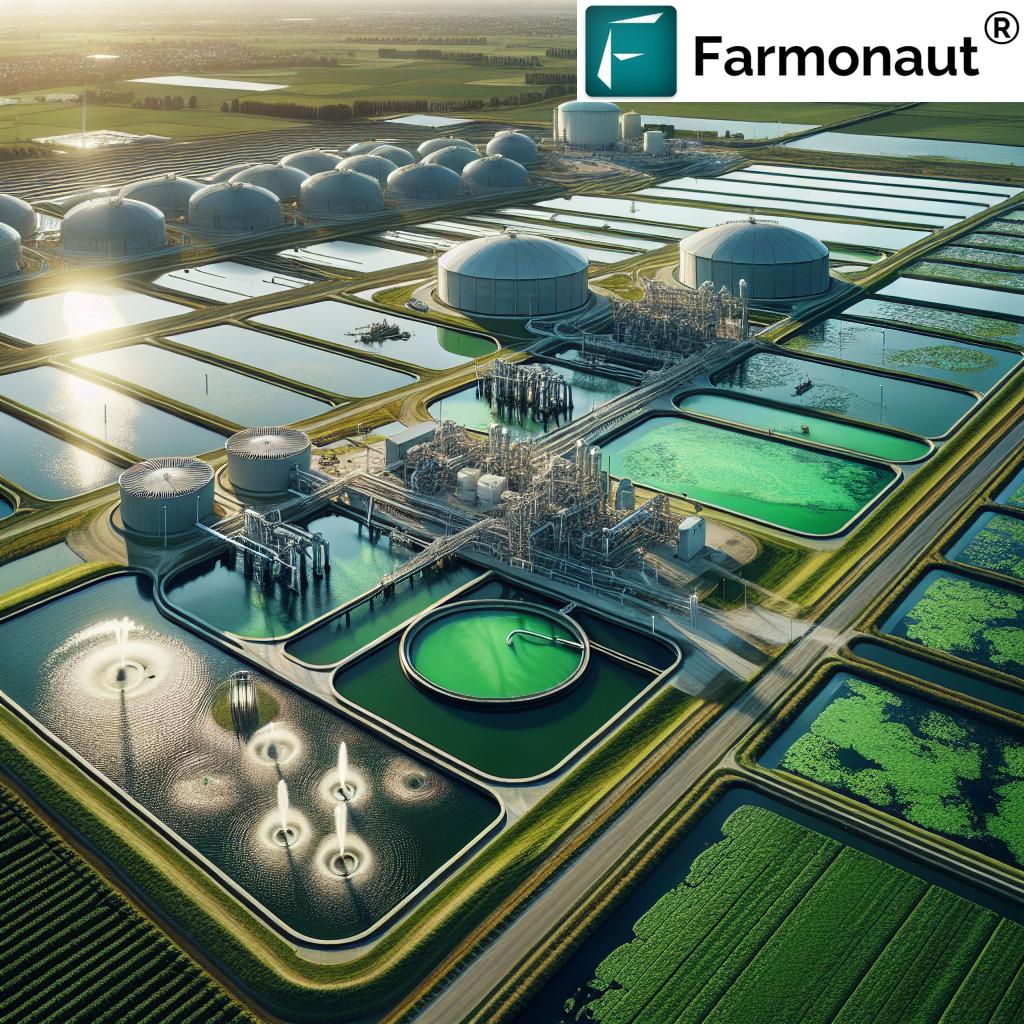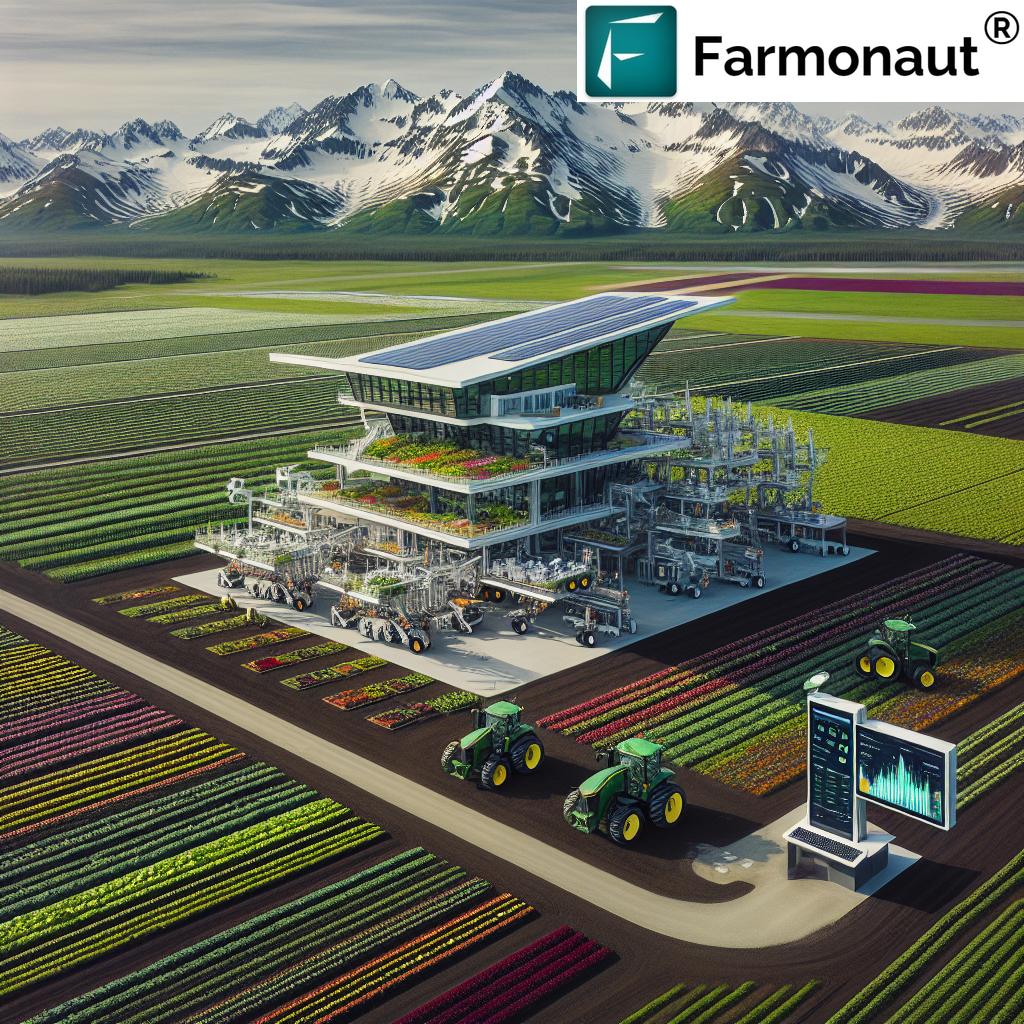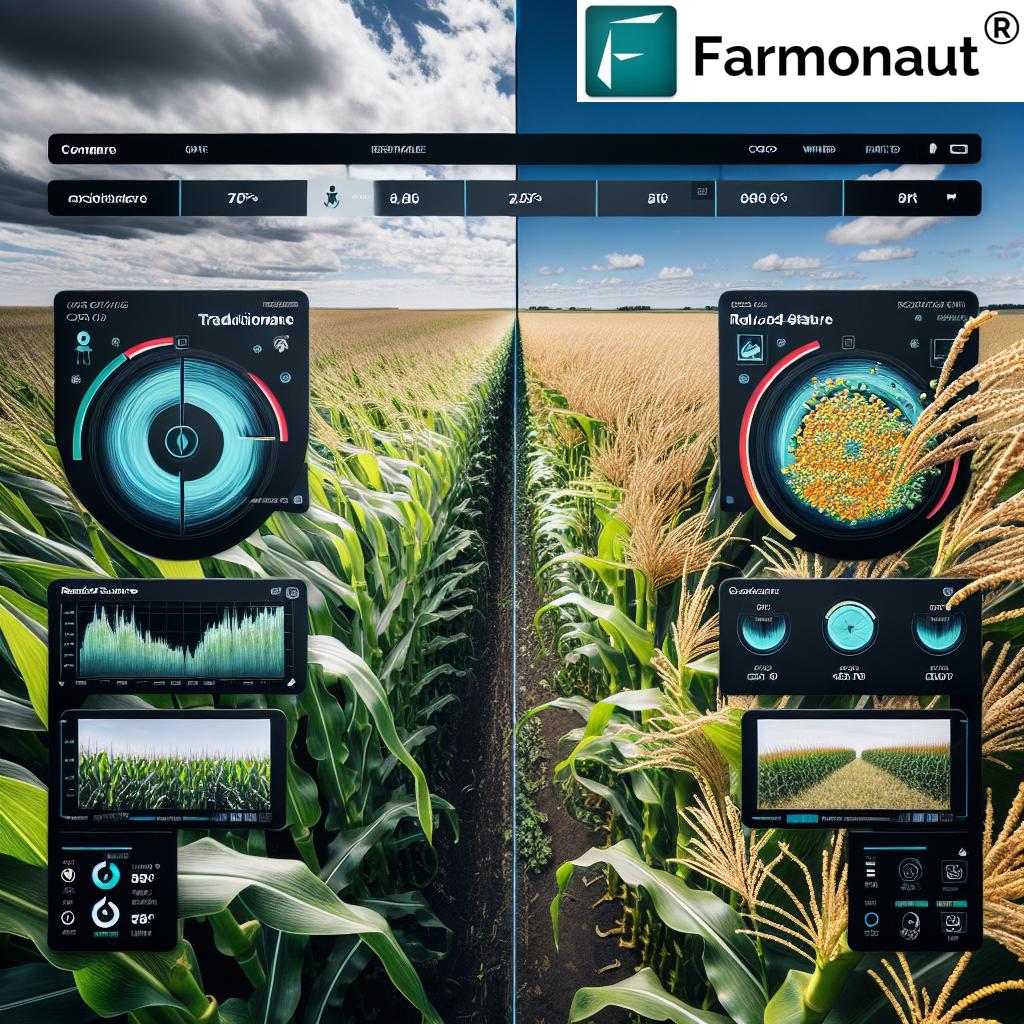Almond Climate & Water Needs 2025: Ag Loan Guide
Almonds in 2025—An Overview
Almonds remain one of the most valuable and profitable nut crops globally. With demand for almonds steadily increasing due to their exceptional nutritional benefits and versatile culinary uses, investing in almond orchards is a top choice for modern farmers, agribusinesses, and investors alike. However, successful almond cultivation in 2025 and beyond hinges on a precise understanding of evolving climate requirements, almond tree water requirements, efficient irrigation practices, as well as updated ag loan requirements that now increasingly prioritize sustainability.
Our comprehensive guide dives deep into each of these critical areas, providing up-to-date data and actionable insights designed to help you plan, manage, and finance your orchard for maximum yield, compliance, and profitability.
Almond Climate Requirements—2025 & Beyond
Understanding almond climate requirements is fundamental for growers pursuing optimal yields and sustainable management of their orchards. The ideal climate for almond trees mirrors that of the Mediterranean—marked by hot, dry summers and mild, wet winters. This climate blend is especially favorable for promoting robust flowering, growth, and eventual nut development.
Key Almond Climate Requirements (2025 Focus)
- Temperature Range: Optimal growth occurs in the range of 15°C to 30°C (59°F to 86°F). Exposure to excessive heat during the critical flowering window can decrease nut set, while prolonged cold or late spring frosts damage blooms and limit yields.
- Winter Chilling Hours: Chilling hours—periods when temperatures are between 0°C and 7°C (32°F to 45°F)—are crucial for breaking dormancy in almond trees, ensuring uniform flowering, and setting the stage for a productive year.
Most almond varieties require between 250 to 600 hours of chilling, depending on the cultivar. - Rainfall: While almond trees require supplemental irrigation, annual rainfall between 200 mm and 500 mm is typical in leading almond-farming regions; however, rainfall alone isn’t adequate for high-level, profitable production.
- Humidity: Almonds are highly sensitive to excessive humidity, which can promote the onset of damaging fungal diseases. Dry summers are therefore advantageous for maintaining orchard health.
- Risk Management: Climate variability, such as unexpected temperature spikes or sudden spring frosts, poses a significant risk to yields. In 2025, site selection strategies and real-time monitoring tools are more critical than ever for mitigating such risks.
Adapting to Shifting Climate Patterns
Climate change and variability are already impacting traditional almond-growing regions. Here are the adaptations being employed in 2025 and recommended moving forward:
- Site Selection: New orchards are typically established in locations with adequate chilling hours but limited risk of spring frost.
- Variety Selection: Growers are selecting almond varieties with lower chilling requirements or those proven to resist extremes in heat and drought.
- Real-time Climate Monitoring: Utilizing satellite-based platforms like Farmonaut allows for proactive management by tracking current weather patterns and identifying developing risks, including heat waves and frost events.
For more on adapting agriculture to evolving climate dynamics, see the video below:
Almond Tree Water Requirements & Best Practices
One of the central challenges in global almond cultivation remains the almond water requirement. Almonds are deep-rooted but notably drought-sensitive, demanding a consistent and adequate supply of water for vigorous development, nut filling, and overall tree health.
Average annual water use per acre (for established, mature orchards): approx. 3.0 to 4.5 acre-feet translates to roughly 3,700 to 5,600 cubic meters per acre annually. On a per-hectare basis, that’s roughly 9,000 to 13,800 cubic meters per hectare per year—a figure highly dependent on local climate conditions, soil type, orchard age, and production goals.
Key Considerations for Almond Water Requirement (2025)
- Seasonal Distribution: The critical stages for irrigation in almond trees are flowering, nut set, and nut fill—these periods have the highest water demand.
- Water Quality: Salinity and contaminants can impact tree health and yield. Precise water testing is essential before irrigation system selection.
- Deficit Irrigation: In water-constrained regions, strategic deficit irrigation (reduced but well-timed watering) is used to balance resource limits with profit-focused yield goals.
- Technologies: Sensors and AI analysis, such as those on the Farmonaut platform, help monitor soil moisture and calculate real-time irrigation needs—optimizing both productivity and resource use.
Learn more about AI-powered water management and sustainable irrigation in this video:
Resource-efficient water management is particularly pressing given the droughts and water allocation restrictions increasingly prevalent in leading almond-production areas such as California, Spain, Australia, and select regions in the Middle East and South America.
Water budgeting and smart management tools using satellite or IoT sensor data are now essentials for orchard profitability and loan approval in 2025.
Efficient Irrigation Practices for Almond Orchards
As the almond water requirement remains relatively high compared to other nut crops, irrigation practices have evolved to become more precise and sustainable.
Here are the principal irrigation strategies in play for 2025 and beyond:
- Microsprinklers & Drip Irrigation: These systems are widely adopted in modern almond orchards. They deliver water directly to the root zone, minimizing evaporation and run-off, thus optimizing water-use efficiency.
- Soil Moisture Sensing & Remote Management: Remote soil moisture probes and satellite monitoring (see Farmonaut’s Large Scale Farm Management App) allow for highly targeted irrigation scheduling, meeting the trees’ needs without waste.
- Deficit Irrigation Techniques: Especially relevant during dry seasons or in drought-prone areas, this method requires careful monitoring of tree stress indicators using multispectral imaging and field sensors.
- Water Recycling & Reservoirs: Many advanced operations install small reservoirs to capture rainfall and recycle water as part of their sustainability and risk mitigation plans.
- Automation and AI: Integrated platforms (like those from Farmonaut) use AI-driven recommendations for making real-time irrigation adjustments based on satellite imagery, current weather forecasts, and soil data.
To see AI powering the next generation of irrigation and water leak detection, watch:
For many farmers, integrating these approaches is not only about environmental stewardship but is now increasingly a requirement for ag loans and insurance.
Farmonaut Crop Loan & Insurance Product:
Our API and app-based loan/insurance verification solution helps lenders and insurers improve loan processing for almond farmers, using satellite-confirmed data on field sustainability, plant health, and compliance.
API Access |
Developer Documentation
Sustainable Ag Loan Requirements for Almond Farming
With the evolving focus on resource efficiency and climate adaptation, ag loan requirements for almond cultivation in 2025 reflect a markedly heightened attention to environmental, water usage, and compliance standards. Traditional agricultural financing is now intertwined with in-depth due diligence on a farm’s ability to both produce profitably and mitigate resource risk.
Core Ag Loan Requirements (2025)
- Creditworthiness & Financial Stability: Borrowers must have strong credit records and transparent financial histories.
- Detailed Farm Plan: Lenders will require a business plan covering orchard layout, variety selection, expected yields, water sourcing, and integrated risk management strategies. Automated mapping and monitoring (via tools like Farmonaut’s Large Scale Farm Management) make plan validation easier.
- Collateral & Down Payment: Land, machinery, or established crops usually serve as collateral. For new plantings, a down payment (typically 10-25%) is required, reflecting the long-term investment (as full production is reached in 3-5 years).
- Environmental Compliance: In 2025, over 70% of ag loans for almond farms will require documented sustainable irrigation practices and proof of compliance with local resource regulations such as water quotas and soil management protocols.
- Insurance: Lenders generally require crop insurance or risk mitigation policies to safeguard their investment against adverse climate events (e.g., freeze, drought, or disease outbreaks).
- Loan Type & Incentive Structure: There is a growing trend toward green or eco-focused loan products, offering rate reductions or added flexibility in return for verified sustainable practices—such as adoption of drip irrigation, carbon footprinting, or blockchain-based traceability.
Farmonaut Carbon Footprinting for Almonds:
Use our satellite-aided carbon footprint reporting to demonstrate sustainability and qualify for incentive-linked ag loans in 2025 and beyond.
Farmonaut Traceability Tools
Blockchain-based tools help almond producers secure financing by tracing sustainable practices and enhancing supply chain transparency for lenders.

Table: Comparison of Almond Climate & Water Requirements, Recommended Irrigation & Sustainable Ag Loan Features (2025)
| Climate Factor | Estimated 2025 Value | Water Requirement (m³/ha/year) | Recommended Irrigation Practice | Relevant Ag Loan Criteria |
|---|---|---|---|---|
| Annual Rainfall | 200–500 mm (supplement with irrigation) | 9000–12000 | Drip and Microsprinkler | Proof of water sourcing & compliance in loan plan |
| Temperature Range | 15–30°C (59–86°F) | Varies with stress: up to 13,800 | Irrigation scheduling based on real-time climate data | Climate adaptation in operational plan |
| Winter Chilling Hours | 250–600 | Minimal direct impact | None (site/variety selection critical) | Validated by variety & site analysis in loan docs |
| Drought Tolerance | Low–Moderate (variety-dependent) | Reduces to 7000–9000 with deficit strategies | Deficit irrigation with satellite/AI monitoring | Eco-loan incentives for smart irrigation |
| Extreme Heat Adaptation | Critical above 32°C (89.6°F) during flowering | +10% water as buffer | Cooling cycles, enhanced mulching, precise scheduling | Must address in annual risk assessment |
| Humidity/Fungal Pressure | Risks increase >60% RH | Standard | Irrigate early AM, monitor with sensors | Integrated pest/water management in docs |
| Soil Salinity/Water Quality | EC < 1.5 dS/m optimal | Impacts below 10,000 | Water quality testing; periodic leaching | Report in environmental compliance |
Role of Modern Technologies in Sustainable Almond Cultivation (Farmonaut)
Meeting the almond tree climate requirements and almond tree water requirements for sustainable, profitable orchard operations in 2025 requires more than traditional field observation. As technology providers, we at Farmonaut empower almond growers, lenders, and agri-businesses with:
- Satellite-Based Monitoring: Our platform delivers multispectral, high-frequency crop/soil data—including NDVI for vegetation health, NDWI for water stress, and multi-layered soil condition analysis. This supports precise irrigation planning and risk assessment, major factors for ag loan approval.
- Jeevn AI Advisory: By leveraging AI, we provide real-time irrigation advice, yield forecasts, and climate-risks alerts—helping optimize input use and protect valuable almond investments.
- Blockchain-based Traceability: Our traceability solution enables transparent sustainability reporting, crucial for both premium market access and eco-linked ag financing.
- Environmental Impact Monitoring: Comprehensive environmental impact tracking, including carbon footprinting, enables documented compliance and boosts eligibility for green loan incentives.
- Integration with Financial Institutions: Our satellite-based verification data streamlines loan and insurance processes for almond growers, speeding up finance approval and reducing lender risk.
- Fleet and Resource Management: Track machinery and resource movement across orchards with our Fleet Management tools, cutting input cost and minimizing resource wastage.
Try Farmonaut for real-time orchard monitoring — get started in minutes!



Investment & Financial Planning for Almond Cultivation in 2025
Investing in an orchard—whether establishing a new plot or expanding an existing one—is a multi-year financial commitment. Almond trees typically require 3-5 years after planting to reach optimal yield, with initial outlays for land, irrigation installation, plant material, labor, and equipment. How can growers ensure that their plans are both profitable and financeable under 2025 ag loan requirements?
Steps in Smart Almond Orchard Investment Planning
- Site & Variety Analysis: Begin with a climate suitability study (using tools like Farmonaut’s remote advisory services) to confirm chilling, rainfall, and soil/workforce readiness.
- Comprehensive Cash Flow Models: Chart expenditures and revenue year-by-year. Include variables: seasonal water cost, labor fluctuations, insurance, expected yield ramp-up, and market price risk.
- Precision Irrigation Budgeting: Project installation costs for drip/microsprinkler systems, annual monitoring, sensor upgrades—these expenses are now weighted more heavily by lenders.
- Loan Type & Structure: Investigate green/agri-loan products supporting climate adaptation. Often, they offer preferential terms for adopting sustainable water management and documentation through traceability systems.
- Insurance & Risk Assessment: Account for insurance premiums and options to cover climate-related loss.
- Compliance & Incentives: Gather documentation on climate/water compliance, potentially including carbon footprint analysis for eco-loan incentives.
Key Documents Required for Orchard Financing (2025)
- Farm layout, planting plan, and satellite-verified maps
- Water sourcing and irrigation system design (include participatory maps from Farmonaut’s large scale management tools)
- Climate and resource risk assessment
- Proof/documentation of eco-practices (traceability, carbon reporting)
- Full cash flow projection (3–7 year horizon)
- Collateral statements and insurance policy details
To get step-by-step guidance on financing and insurance for almond crops, explore Farmonaut’s dedicated crop loan and insurance tools.
FAQ – Almond Climate, Water & Ag Loan Requirements
What is the optimal almond climate for 2025 orchard establishment?
Almonds thrive in Mediterranean-like climates with hot, dry summers and mild, wet winters. The preferred temperature range is 15°C to 30°C (59°F to 86°F), with 250–600 chilling hours in winter (between 0 and 7°C) depending on cultivar.
What is the average almond tree water requirement in 2025?
A mature almond orchard typically requires approximately 3.0–4.5 acre-feet (3,700–5,600 cubic meters) of water per acre annually, mainly delivered via precision drip or microsprinkler systems. The highest seasonal demand is during flowering and nut fill.
Which irrigation practices are preferred for almond trees in 2025?
Drip and microsprinkler irrigation are the gold standard, combined with real-time soil moisture monitoring and satellite imagery analysis for scheduling. Deficit irrigation is used to conserve water in drought-prone regions.
What are the main ag loan requirements for almond orchards in 2025?
Ag loan requirements include: a detailed farm plan, proof of environmental compliance, water sourcing documentation, satellite or sensor-based reporting (via platforms like Farmonaut), collateral, credit assessment, insurance, and evidence of sustainable irrigation methods.
What are some incentives for sustainable almond farming within ag loans?
Lenders now offer reduced rates or flexible terms for eco-certified, sustainable practices (drip irrigation, traceability, carbon footprinting), especially when these are validated by digital or satellite tools.
Why is site selection so critical for almond cultivation?
Site selection ensures necessary chilling hours, mitigates risk of spring frost, and matches climate to almond climate requirements, reducing long-term production risks and maximizing financial viability.
How do almond farmers demonstrate compliance for loans?
By providing satellite-verified reports, environmental impact documentation, water usage maps, and proof of sustainable irrigation—all available via Farmonaut and similar digital platforms.
Where can I get more information on using satellite or AI tools in almond farming?
Explore Farmonaut’s crop advisory and monitoring platform, or review our API documentation for advanced integration and developer use.
Conclusion & Next Steps
Almond cultivation in 2025 and beyond requires a sophisticated blend of traditional agronomic knowledge and modern, technology-driven resource management. Understanding almond climate requirements, precise almond water requirements, and the increasingly rigorous ag loan requirements is essential for all growers planning to invest, expand, or optimize their orchards for sustainability and profitability.
Embracing satellite-based monitoring, real-time AI advisory, and blockchain-based compliance documentation—as offered by Farmonaut—not only meets the evolving requirements of the financial sector but also ensures better yields and environmental compliance. By investing in the right tools and staying up to date with evolving climate and resource management practices, almond producers can secure their place among the most valuable nut crop growers globally.
For tailored data-driven advisory, explore Farmonaut’s crop and orchard monitoring solutions and integrate our API for next-gen almond management.
Summary:
Almonds remain a valuable investment for global agriculture. However, success in 2025 depends on aligning orchard plans with precise almond climate requirements, effective almond tree water requirements, and embracing new ag loan requirements that emphasize sustainability and accountability. Leveraging satellite, AI, and blockchain tools not only ensures higher yields and improved compliance but also opens access to eco-incentivized financing options for farmers prepared to thrive in a challenging yet rewarding industry.








